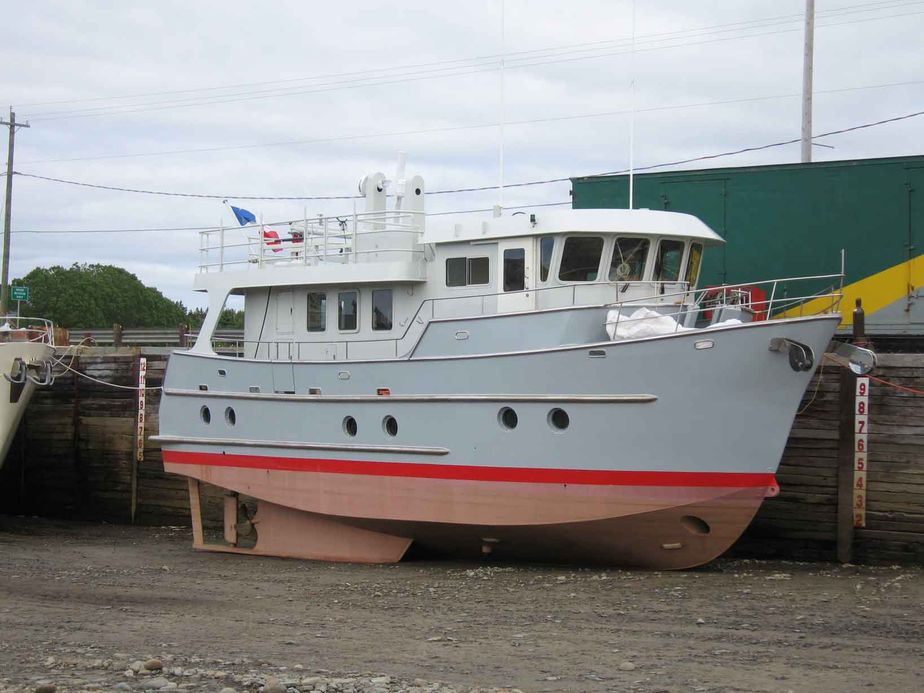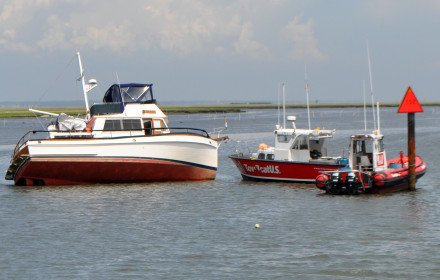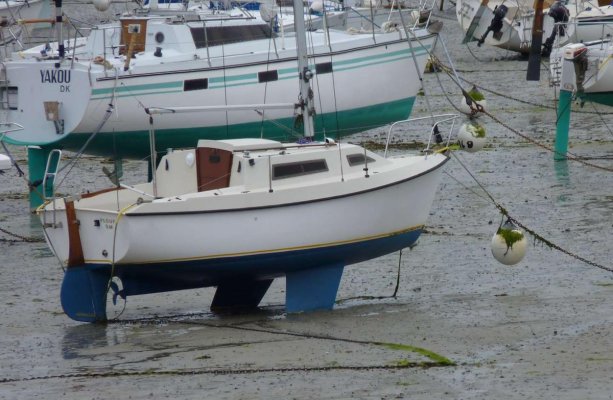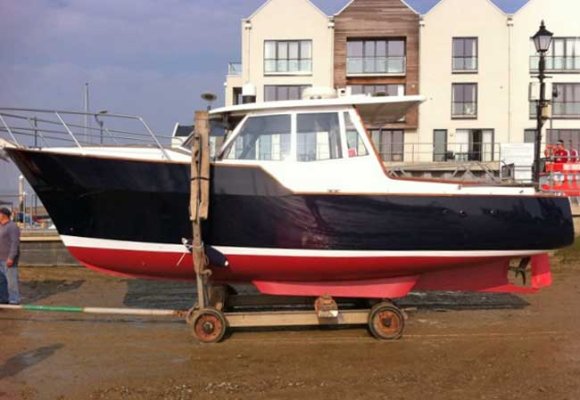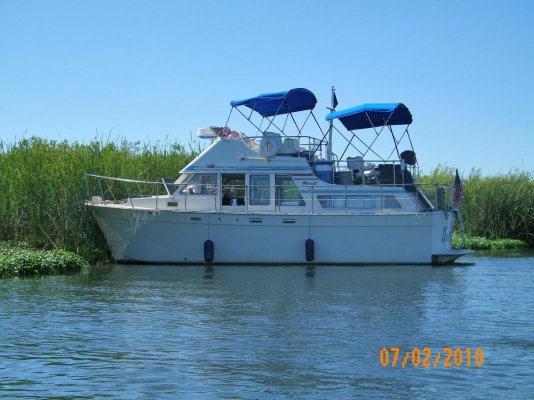Alaskan Sea-Duction
Guru
- Joined
- Jul 6, 2012
- Messages
- 8,057
- Location
- USA
- Vessel Name
- Alaskan Sea-Duction
- Vessel Make
- 1988 M/Y Camargue YachtFisher
Nice way to keep the bottom clean. In Alaska there still a few places you can dock your boat over a frame. When the tide goes out, you have access to the bottom, until the next tide.....

